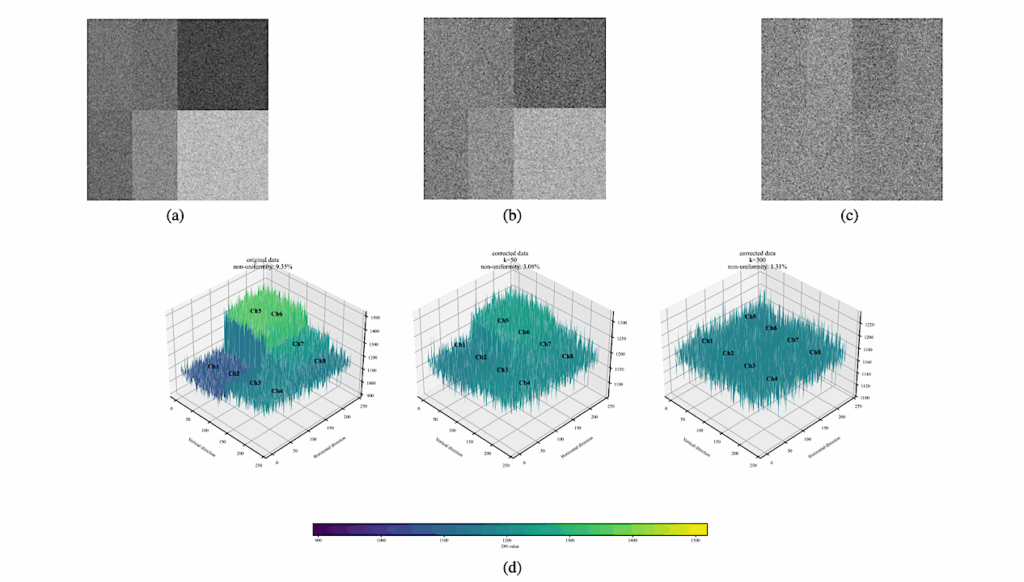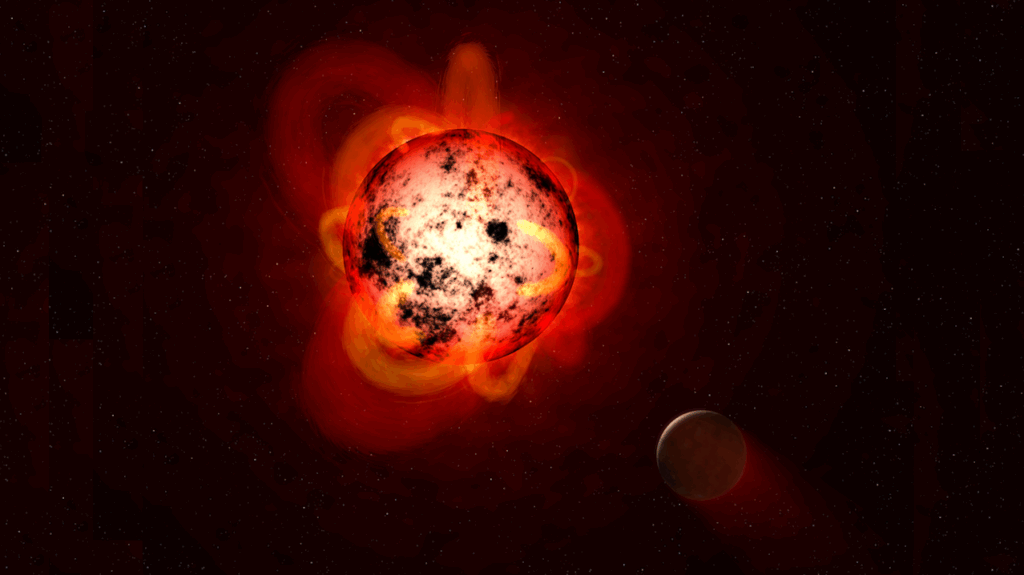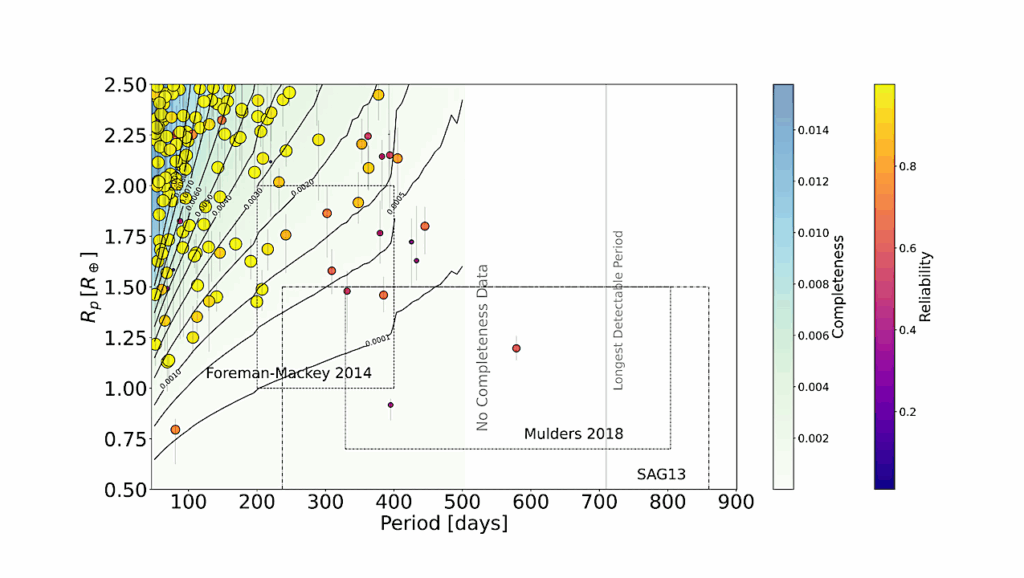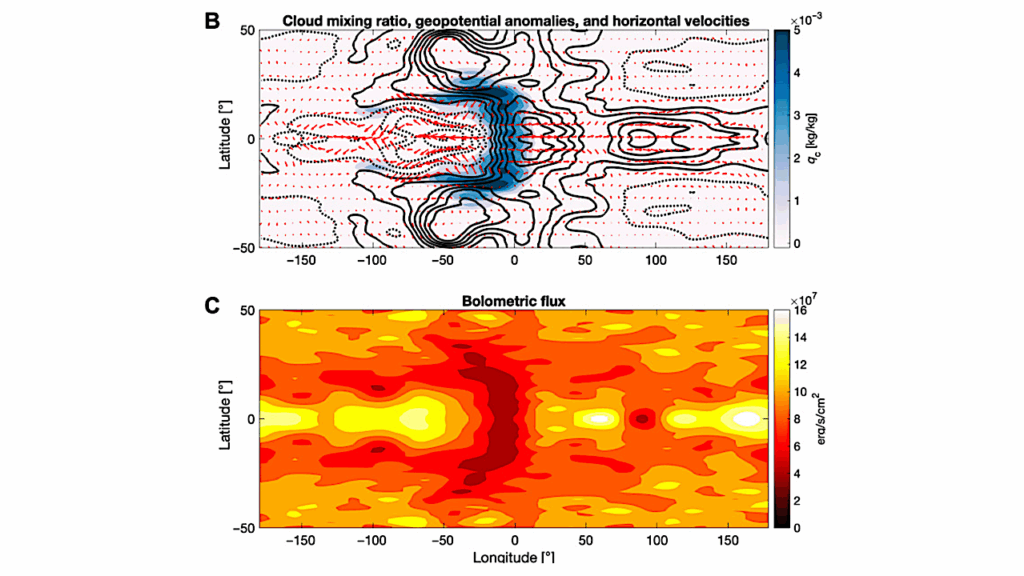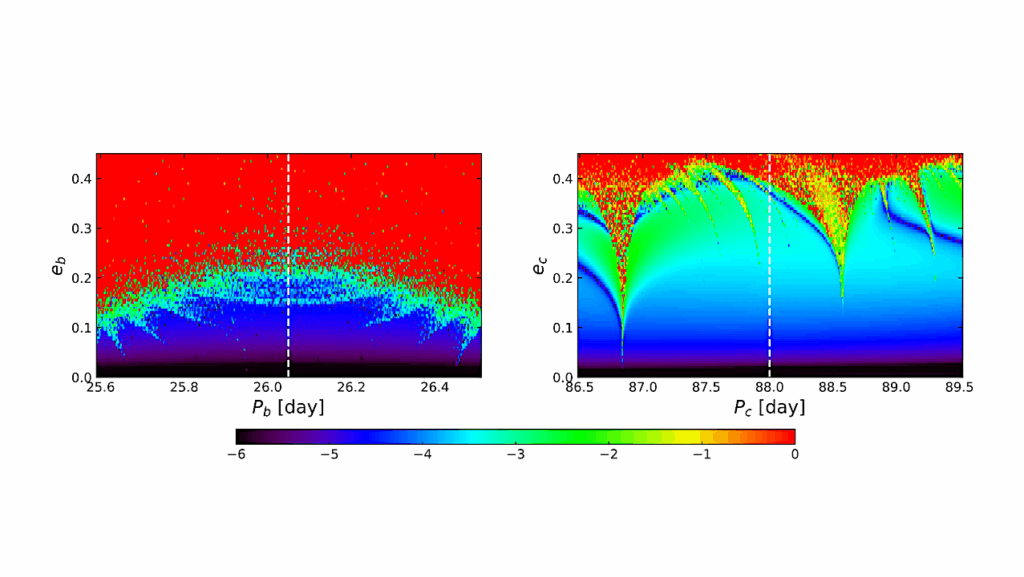Soliciting Community Input: Alternate Science Investigations for Kepler

The purpose of this call for white papers is to solicit community input for alternate science investigations that may be performed using Kepler and are consistent with its probable two-wheel performance.
An open solicitation from the Kepler Project office at NASA Ames Research Center 2 Aug. 2013
Introduction and Purpose
The Kepler spacecraft was launched in 2009 and has been operational for four years. The spacecraft is in a heliocentric orbit currently about 0.5 AU from Earth. The nominal Kepler mission, to determine the frequency of Earth-size exoplanets orbiting solar type stars, was discussed in detail in a special ApJ Letters issue – April 2010, Vol. 713. In July 2012 and again in May 2013, Kepler lost first one then two of its four reaction wheels.
These reaction wheels were used to keep the telescope in fine point during long duration (weeks to months) observations of the Kepler field of view. Kepler requires three reaction wheels to deliver the high- precision photometry necessary for small exoplanet detection. If one of the two reaction wheels cannot be returned to operation, it is unlikely that the spacecraft will resume the nominal Kepler exoplanet and astrophysics mission.
The purpose of this call for white papers is to solicit community input for alternate science investigations that may be performed using Kepler and are consistent with its probable two-wheel performance. Herein, we provide initial information as to the preliminary assessment of the pointing ability of the Kepler spacecraft using only two reaction wheels. In addition, we provide baseline information on the Kepler focal plane imaging CCD array (Kepler’s only instrument) and give estimates of the photometric performance that may be possible in two-wheel mode. While the pointing and photometric performance estimates are preliminary, they should provide an adequate basis for assessing the scientific opportunities that might be accessible to a two-wheel Kepler mission.
If an appropriate science case(s) and cost envelope is found, the repurposed mission will continue to be operated out of NASA Ames Research Center and make use of the nominal mission project office personnel and expertise already in place.
All white papers submitted in response to this call will be made publicly available through the Kepler Mission web page (http://kepler.arc.nasa.gov). No funding is available under this call. The use of any ideas presented in submitted white papers for a repurposed Kepler mission does not imply a commitment on the part of NASA or the Kepler Project to provide future funding for the submitting party.
Proposed science cases should advance the goals and objectives of the NASA astrophysics program as articulated in the 2010 SMD science plan http://science.nasa.gov/medialibrary/2010/08/30/2010SciencePlan_TAGGED.pdf and need not be limited to the exoplanet science or stellar astrophysics that previously characterized the nominal Kepler mission.
1Since two-wheel operation will not provide pointing stability on par with the original mission performance, the photometric precision of two wheel observations will likely be degraded with respect to the nominal mission. Therefore, in addition to proposals for science investigations, we are soliciting proposals for new and innovative techniques for instrument operation, data collection, instrument calibration, and data analysis that can improve photometric precision under conditions of degraded pointing stability, possibly including significant linear image motion.
Examples of such proposals might include improved calibration of intra-pixel responsivity variations, data analysis techniques suitable for extraction of photometry from trailed images or modifications of data collection methods, such as significant changes to the current usage of masks to select pixels for coaddition and downlink. Consideration will also be given to modifications of instrument operation, including possible changes to flight software to take better advantage of hardware capabilities. Note that changes to flight software are very time and cost intensive.
Expected Schedule
At this time, the expected plan and schedule leading to a repurposed Kepler mission is as follows:
2 Aug 2013 – Release of call for white papers
3 Sept 2013 – Due date for submission of white papers
1 Nov 2013 – End of review period for white papers, report submitted to NASA HQ
1 Feb 2014 – Senior Review proposal for repurposed Kepler submitted to NASA HQ Spring 2014 – Decision for funding for repurposed Kepler spacecraft
Summer 2014 – Begin new science program(s)


